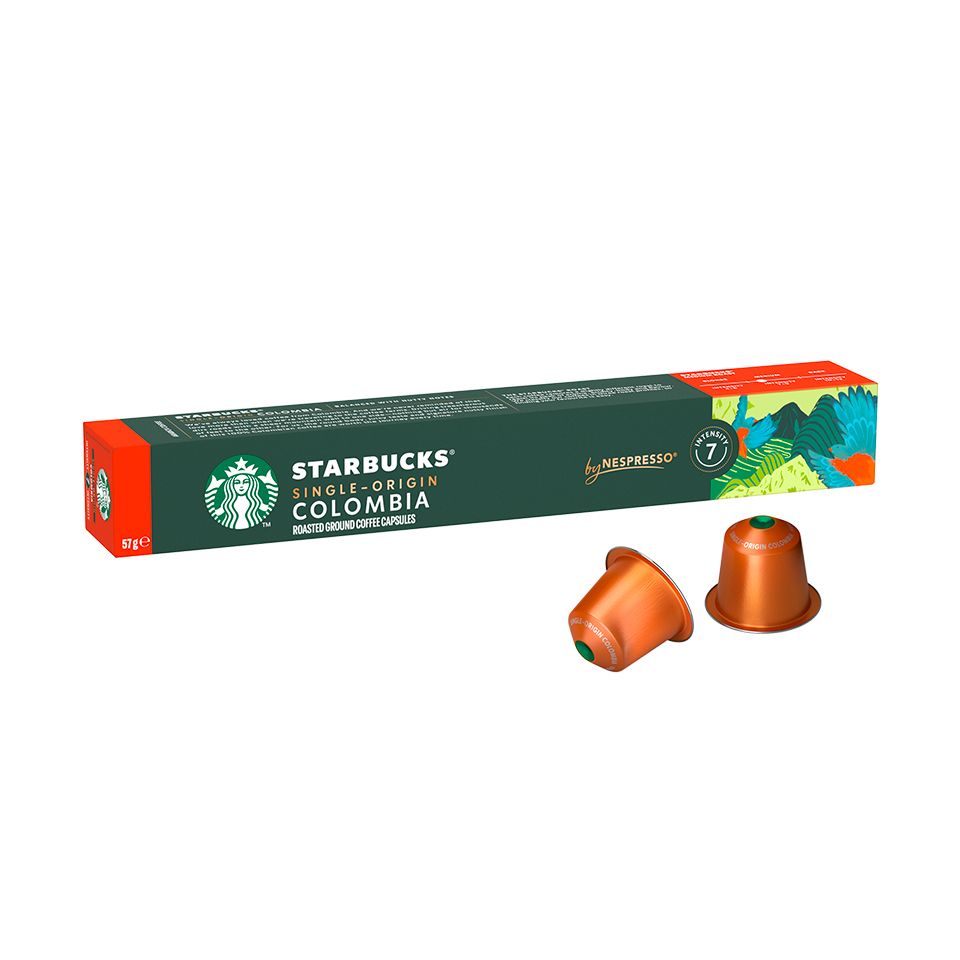Understanding Coffee Beans: the Journey From Espresso to Blended Coffee Beans

The Origins of Coffee: A Worldwide Point Of View
While you might consider coffee as a contemporary staple, its origins trace back centuries, linking with cultures around the world. The tale begins in Ethiopia, where legend says a goat herdsman called Kaldi uncovered the stimulating results of coffee beans after discovering his goats frolicking energetically after consuming them. This stimulated interest, bring about coffee's spread to Arab investors that treasured the made beverage. By the 15th century, it reached Persia, Egypt, and Turkey, where coffee shops became social hubs for discussion and culture.
As profession routes broadened, coffee made its way to Europe in the 17th century, swiftly getting appeal. It transformed from a magical drink right into a day-to-day routine, intellectual exchanges and inspiring events. Each society included its unique twist to coffee preparation, enhancing its background. This worldwide trip highlights just how coffee attaches us, transcending borders and joining varied practices via an easy bean.
Farming and Harvesting of Coffee Beans
As coffee's trip advanced, the emphasis moved to the growing and harvesting of certain bean ranges, especially those utilized for espresso. You'll find that espresso beans frequently come from Arabica or Robusta plants, each offering distinct tastes. The ideal expanding problems consist of high elevations and rich, well-drained soil, which enhance the beans' top quality.
Throughout the harvest, selecting approaches differ. In some regions, workers hand-pick ripe cherries, guaranteeing only the most effective fruit goes to handling. In various other areas, mechanical farmers are made use of, specifically on larger farms. Timing is vital; you want to harvest when the cherries get to peak ripeness for optimum flavor.
When gathered, the beans are gotten ready for processing, which is vital in determining their final preference. Understanding the farming and gathering processes offers you insight right into what goes into your favored coffee, enhancing your appreciation for every cup.
Handling Techniques: From Cherry to Bean
Now that you have actually found out about gathering espresso beans, let's explore how those cherries change into the coffee beans you love. You'll see how various harvesting methods influence flavor, followed by the necessary steps of fermentation and drying. We'll break down the milling and grading process that establishes your coffee's quality.
Gathering Techniques Described
When it comes to coffee, understanding harvesting methods is essential, considering that they straight affect the flavor and quality of the beans you delight in. Selective picking includes hand-picking just ripe cherries, guaranteeing you obtain the finest high quality beans. Eventually, the option of harvesting technique can significantly influence your coffee experience, so it's worth knowing just how those beans made it to your mug.
Fermentation and Drying
After harvesting, the next actions in handling coffee beans play a substantial duty fit their taste. You'll locate that fermentation is essential, as it aids damage down the mucilage bordering the beans, improving their taste profile. Depending on the method, this process can last from a couple of hours to several days, with varying results based on temperature level and moisture.
Sun-drying permits the beans to take in flavors from the environment, while mechanical drying out assurances regular dampness levels no matter of weather. Appropriate drying out is important to stop mold and mildew and protect the beans' top quality, eventually affecting your cup of coffee.
Milling and Grading Process
As fermentation and drying out established the stage for flavor development, the milling and grading procedure assurances that only the ideal coffee beans make it to your cup. This phase entails getting rid of the external layers of the coffee cherry, consisting of the parchment and husk. High-quality beans get a greater grade, resulting in a richer coffee experience.
Roasting Strategies: Opening Flavor Possible
When you roast coffee beans, the method you choose can substantially impact the flavor profile. Comprehending the partnership in between time, temperature, and toasting methods is vital to disclosing the potential of your brew. Let's discover how these elements collaborated to produce the best mug.
Roasting Techniques Clarified
While you might assume that all coffee roasting approaches yield the exact same results, the reality is that each strategy exposes one-of-a-kind flavor possibilities in the beans. Drum roasting utilizes a rotating drum to uniformly disperse heat, improving caramelization and producing a balanced taste. Air roasting, on the other hand, distributes warm air around the beans, promoting a lighter roast with noticable level of acidity.

Effect on Taste Profile
Different roasting methods not only affect the process however likewise considerably affect the taste profile of the coffee beans. Dark roasts, on the other hand, bring out bold, smoky tastes, in some cases covering up the bean's distinct attributes. Understanding these nuances assists you value the creativity behind your mug of coffee, improving your overall experience with every sip.
Time and Temperature Factors
To launch the complete taste capacity of coffee beans, both time and temperature during the toasting procedure play considerable functions. When roasting, you'll find that greater temperature levels can swiftly establish flavors, but if you hurry it, you could wind up with scorched notes. On the other hand, lower temperatures permit a much more gradual taste growth, showcasing the beans' special qualities.

Timing is simply as crucial; extending the roast also long can result in a loss of acidity and illumination, while too brief a roast might leave the beans underdeveloped. Locating that wonderful place needs method and experimentation. By readjusting these variables, you can expose the rich, intricate flavors hidden within each bean, developing a genuinely impressive coffee experience.
The Art of Blending: Crafting Distinct Coffee Profiles

Begin by choosing a base coffee that gives a strong structure. A brilliant Ethiopian bean can bring fruitiness, while an abundant Brazilian coffee includes body.
As you mix, remember that each combination narrates. You're not just making coffee; you're producing an experience. So, take your time, taste often, and take pleasure in the trip of finding your signature blend.
Developing Techniques: How Preparation Influences Taste
Blending coffee opens up a domain name of flavor possibilities, however how you make that blend can considerably affect your final mug. On the other hand, a pour-over highlights the coffee's quality and brightness, perfect for showcasing fragile notes.
Espresso, with its high stress, produces a focused shot that accentuates sweet taste and crema. If you like a lighter brew, take into consideration a chilly brew approach; it yields a smooth, much less acidic taste.
Ultimately, trial and error is vital. Adjusting variables like water temperature, grind dimension, and make time can change your coffee's account. So, welcome the art of brewing to uncover the tastes hidden in your coffee blends. The right method can elevate your experience to brand-new heights.
The Future of Coffee: Sustainability and Development
As the coffee sector evolves, sustainability and development are coming to be important for resolving environmental challenges and conference customer needs. You'll notice that more coffee business are embracing eco-friendly practices, from sourcing beans fairly to carrying out lasting farming techniques. These shifts not only help the world however additionally boost the top quality of the coffee you enjoy.
You may see technologies like biodegradable product packaging and water-saving brewing methods that decrease waste. Advanced innovation, such as blockchain, is additionally coming to be preferred, making certain openness in the supply chain, which permits you to map your coffee back to its origins.
On top of that, buying regional communities and supporting farmers through reasonable trade campaigns cultivates a more sustainable coffee environment. As you drink your following cup, bear in mind that your options can add to a brighter future for coffee. By going with sustainable brands, you're not just taking pleasure in a drink; you're making a favorable influence on the world.
Regularly Asked Concerns
What Is the Distinction In Between Arabica and Robusta Beans?
Arabica beans are smoother, sweeter, and have a higher level of acidity, while robusta beans are stronger, more bitter, and have more caffeine. You'll see these distinctions in flavor and fragrance when brewing your coffee.
Just How Does Altitude Affect Coffee Bean Taste?
Altitude influences coffee bean flavor substantially. Higher altitudes create beans with brighter level of acidity and complicated flavors, while reduced elevations usually generate beans that are heavier and much less nuanced. Single Origin Espresso You'll discover these distinctions in your mug!
What Are the Health Conveniences of Alcohol Consumption Coffee?
Consuming coffee can increase your power, boost mental emphasis, and even boost physical performance. It's abundant in anti-oxidants, may decrease the risk of particular diseases, and can promote a much healthier metabolism when eaten in moderation.
Can Coffee Beans Be Reused for Developing?
Yes, you can reuse coffee beans for developing, yet the flavor could be weak. If you delight in trying out, attempt reusing them in different means, like cool brews or including to healthy smoothies for an added kick.
Just how Should I Store Coffee Beans for Quality?
To maintain your coffee beans fresh, store them in an airtight container in a great, dark area. Avoid subjecting them to heat, wetness, or light, as these elements can swiftly weaken their taste and aroma.
Comprehending Coffee Beans: the Journey From Espresso to Blended Coffee Beans.
Now that you have actually found out regarding collecting espresso beans, let's check out how those cherries change right into the coffee beans you love.When you roast coffee beans, the method you choose can drastically impact the taste profile - Single Origin Espresso.While you might believe that all coffee toasting methods generate the very same outcomes, the fact is that each strategy exposes special taste capacities in the beans.Different roasting methods not just affect the procedure however likewise significantly impact the flavor profile of the coffee beans
Comments on “Taste the Distinctiveness with Recently Roasted SOE Single Origin Espresso”